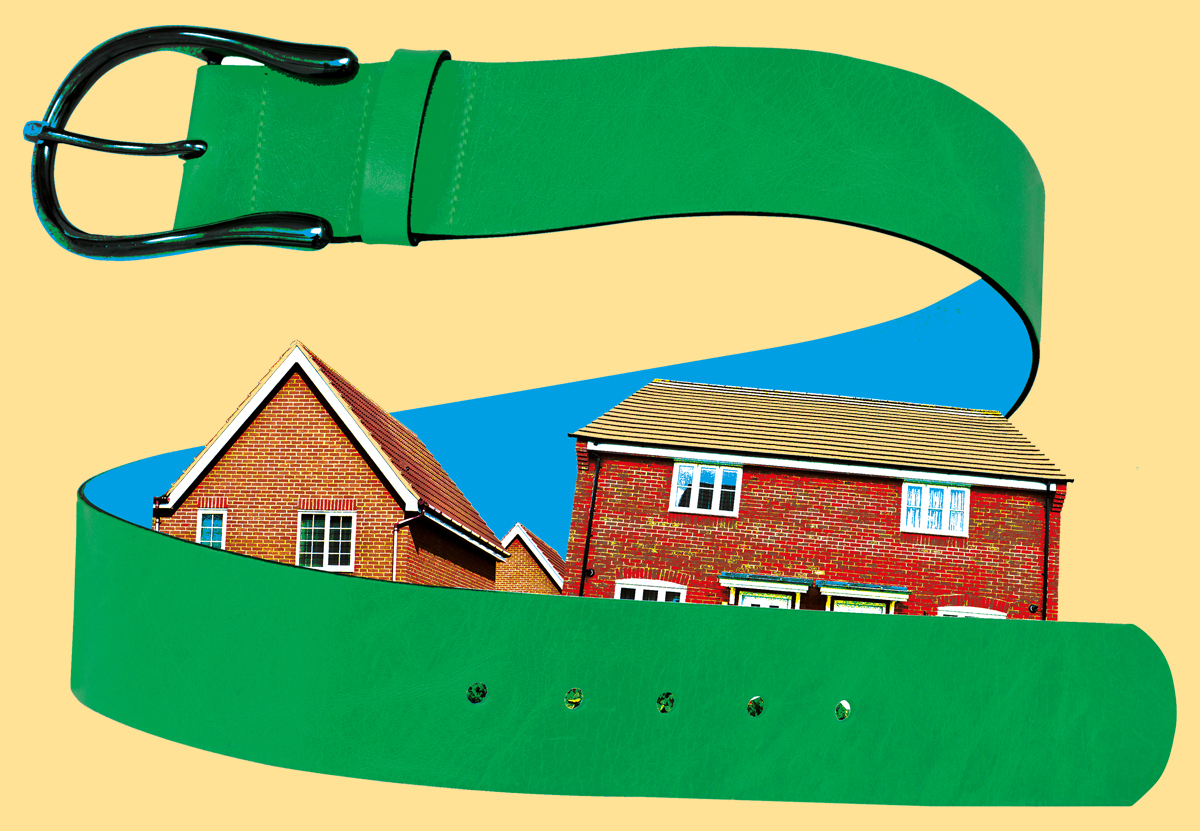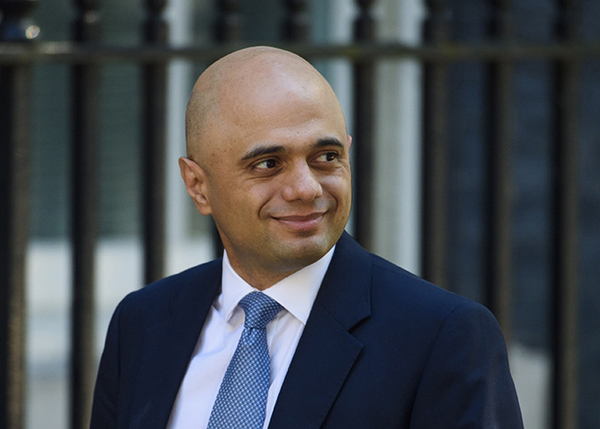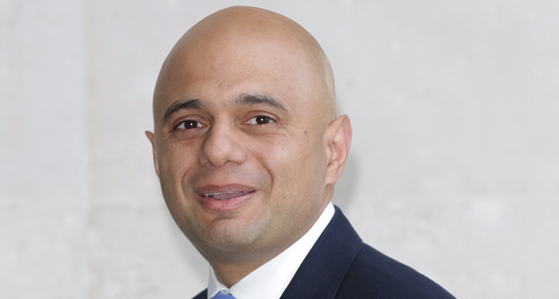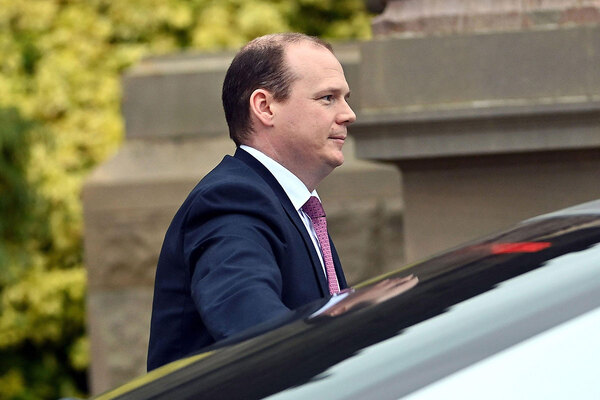You are viewing 1 of your 1 free articles
Is it time to unbuckle the green belt?
With consensus from the main political parties on protecting green belt land, Nathaniel Barker asks whether a new approach is needed to tackle the housing shortage
For a long time, the UK’s major political parties were criticised for being too similar.
Not any more. Few would disagree that when we vote on 8 June, we’ll be faced with genuinely differing options - for better or worse.
Yet there are some pockets of consensus, one of which is the green belt.
Each party has acknowledged Britain’s need for more homes, but none has taken the plunge on this topic.
The Conservative manifesto said building better houses “means maintaining the existing strong protections on designated land like the green belt”. Labour promised to “protect the green belt” and “avoid urban sprawl”. Liberal Democrat leader Tim Farron, perhaps with the party’s target seats in South West England in mind, ruled out green belt changes in an interview with Inside Housing. UKIP and the Greens have made similar pledges. But perhaps it’s time to revisit this oft misunderstood facet of planning policy.
Challenging perceptions
The manifestos might have conjured up familiar feelings for planners and house builders, after the government’s Housing White Paper said councils would need to have “fully examined all other options” before freeing up green belt land, despite many having speculated that it would call for a rethink in this area.
The industry has argued for some time that housing need won’t be met by pulling underused urban sites back from the brink. James Prestwich, head of policy at the National Housing Federation, says we must “be creative in using the land available to us and challenge the idea that all green belt land is rolling meadows that need to be protected”.
But politicians’ hesitation to pose any kind of threat to the green belt is not surprising. The public wants it to be preserved; a 2015 Ipsos Mori poll found 64% of people feel it should be protected and just 17% do not.
“I understand how tricky it is for politicians, but the simple fact is that if we want to deliver the homes we need to address shortages, then we have to look at building on the green belt,” says Jamie Sullivan, associate at planning consultancy Iceni Projects. “It requires significant amounts of political leadership at the national level, and I don’t think that’s there.”
So how green actually is the green belt? In London at least, the answer appears to be not very. A 2015 report by Quod, a planning consultancy, and London First, a non-profit organisation which promotes the capital as a business destination, found that green belt takes up more space than housing in 14 boroughs in London. It also found that just 22% of the city’s green belt has environmental designation or is public access land, and 7.1% is golf courses - which equates to an area twice the size of the Royal Borough of Kensington and Chelsea. It’s well connected, too, with 60% within 2km of a tube or rail station.
"The worst thing about the green belt is its name", Mike Kiely
Steve Cole, programme director at London First, says the housing crisis is stifling the capital’s economy and more supply is needed to tackle the problem. He thinks a “more nuanced approach” to the green belt is needed. “The government should ask the London boroughs to review their green belt. We only think the development should be placed where the land is of poor quality and we think this should be done alongside a raft of other measures to increase housing supply,” he says. “We’re concerned the decision to protect it is a political decision, rather than a decision based on what is good for London.”
“There are a lot of myths that they are peddling that it’s basically a choice between green belt and affordable new housing,” Paul Miner, CPRE
He even argues refusing to compromise the green belt isn’t working, since more and more people commute to London from further away as house prices continue to rise, creating another kind of urban sprawl.
Paul Miner, planning campaign manager at the Campaign to Protect Rural England, disagrees. He thinks those proposing green belt development are taking a “short-term view”.
“There are a lot of myths that they are peddling that it’s basically a choice between green belt and affordable new housing,” he says. “If you seriously relaxed green belt policy and left it to be reviewed as a matter of course to meet housing demand, then it would be more difficult to provide affordable homes that people need on brownfield green belt areas because developers are looking to build large, executive homes there.”
Identity crisis
He dismisses the idea that poorer quality sections of green belt could be developed without causing harm, claiming that, over time, protecting these areas results in overall improvements to the land.
Mike Kiely, former president of the Planning Officers Society, argues the “poor quality land” debate is something of a moot point. It’s not supposed to be green fields and rolling hills, he claims - it’s simply a device to limit the expansion of major cities.
“The worst thing about the green belt is its name,” he says. “It should be called the urban containment zone. There’s nothing wrong with green belt policy, but people need to stop playing politics with it and understand it.”
He points out that the National Planning Policy Framework already says green belt boundaries can be altered “in exceptional circumstances”. Local authorities with a need for new development and maxed-out urban brownfield sites should seek to revisit green belt land as a matter of course.
Which returns us to the question of political leadership. If the Conservatives win the election as the polls predict, maybe the backbenchers who reportedly stopped the more progressive green belt changes making it into the White Paper will hold less power. But on the basis of the current manifestos, don’t hold your breath.













